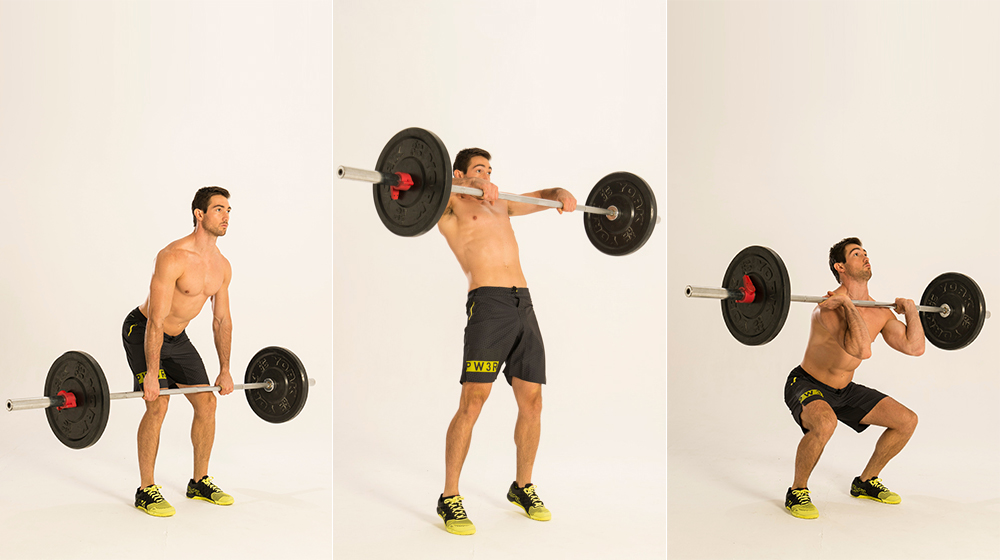Posted by Douglas W. Stoddard MD, M Sp Med, Dip Sport Med, ES on 12 January 2017
A few months ago, we gave a quick synopsis on Post-Concussion Syndrome (PCS) and the current trends in treatment and management of the injury. As the guidelines suggest, approximately 85-90% of people affected will improve within the first 2 to 6 weeks.
However, there are about 10-15% of the population who may continue to experience lingering symptoms such as:
- Chronic headaches
- Migraines
- Dizziness
- Fatigue
In this month’s blog, we’ll discuss a form of treatment/therapy that may be less familiar to the general public, but could be the solution you may need to deal with post-concussion symptoms.
Firstly, to effectively address any dysfunction, it is always important to understand the mechanism and factors that may contribute to these symptoms. Unfortunately, despite recent efforts looking to uncover the mystery behind PCS, this injury is still not fully understood. This is why even among health professionals, there’s no clear consensus on what would be the most effective treatment. What is agreed upon is that PCS is highly complex in nature, and that all treatments are required to be individualized from one patient to the next. CTV published an article years ago that emphasizes these points.
In other words, what works for one person may not necessarily work for another, and that the approach to the treatment of concussions should be diverse. One of the treatment techniques to consider is Cranial Osteopathy or Cranial Therapy.
Cranial Osteopathy
This approach was first conceptualized in the 1930’s by Amercian Osteopathic physician William Sutherland, and has been around for more than 80 years. As a matter of fact, in the mid 1990’s, Cranial Osteopathy was highly publicized as an integral part of post-concussion treatment for ex-NHL superstar Eric Lindros. Since then it has been used by many other elite athletes and the general public.
What is Cranial Osteopathy/Therapy?
Cranial Osteopathy involves gentle “hands-on” treatment aiming to normalize the tension within the system of membranes housing the brain and the spinal cord called meninges. Because the membranes are attached to the inner part of the skull, and are not accessible directly, only a trained practitioner is able to help normalize the tension and restore the balance within the network. This is done by applying gentle pressure along specific points of the outer surface of the cranium (head).
It is believed that restoring proper balance and tension within the meningeal network helps normalize the pressure and the flow of fluids (blood, cerebrospinal fluid, etc) inside the cranial cavity. This can produce a positive effect on hormone secretion, which ultimately results in better function of the central nervous system and the body as a whole.
What does a treatment involve?
The treatment involves very light touches and small movements along the surface of the patient’s head, neck, or other parts of the body. Most patients find it very relaxing, which is an essential goal of the treatment as one of its main objectives is to normalize the function of the autonomic nervous system. This restores balance between its sympathetic and parasympathetic divisions, which are responsible for our bodies’ ability to regulate stress and relax.
Depending on the individual’s response to the treatment, the practitioner may continue to work on other areas of the body to further facilitate the release of tension built around the neck, spine, tail bone, and other parts of the abdomen. Typically, it may take a few treatments to get better but most patients should feel some immediate change in their condition after each session.
Conclusion
Because Cranial Osteopathy is still a relatively unexplored form of treatment, its validity is still disputed among practitioners in our field. It must be emphasized that Cranial Osteopathy is not a treatment that will work for every case and every person. However, the clinical evidence continues to suggest its effectiveness in the treatment of various ailments, and should be considered an option for treatment.
If you have further questions about post-concussion syndrome, feel free to contact any of our highly trained Osteopathic practitioners and therapists at SEMI to determine if this treatment is suitable for you.






